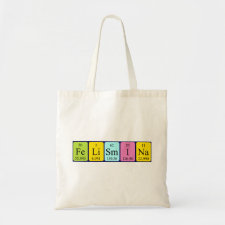
Authors: Moreira FTC, Sales MGF
Article Title: Smart naturally plastic antibody based on poly(α-cyclodextrin) polymer for β-amyloid-42 soluble oligomer detection.
Publication date: 2017
Journal: Sensors and Actuators B: Chemical
Volume: 240
Page numbers: 229-238.
DOI: 10.1016/j.snb.2016.08.150
Alternative URL: http://www.sciencedirect.com/science/article/pii/S0925400516313831
Abstract: This work introduces new developments into the conventional protocol of protein imprinting. It uses as principle that when the polymeric matrix is made from native building blocks in nature (amino acids, sugars, lipids or nucleic acids), conformational changes of the template protein during the polymer synthesis may be avoided or limited. Thus, the polymeric film around the protein is build-up with biomolecules that co-exist with the protein in nature. This approach is named herein as BIOPLAST, in an analogy to a Plastic material made from biological building blocks. This concept was tested herein by employing a sugar monomer (α-Cyclodextrin, α-Cd) to target a peptide biomarker (β-Amyloid-42, Aβ-42) that is relevant in Alzheimer disease. The BIOPLAST-based biosensor consisted of a screen-printed electrode (SPE) having an Au-working electrode area coated with a polyaniline (PANI) film and subsequently modified by the plastic antibody (MCd/PANI/Au-SPE). The plastic antibody was assembled by electropolymerizing αCd in the presence of Aβ-42 and the peptide molecules entrapped in the polymer film were removed by acidic action. Analysis by Atomic Force Microscopy, and Fourier Transformed Infrared and Raman spectroscopies confirmed the surface modification. The ability of the BIOPLAST film to rebind Aβ-42 was followed by electrochemical impedance spectroscopy (EIS) and square wave voltammetry (SWV), and compared to a control film without plastic antibody (NCd/PANI/Au-SPE). The MCd/PANI/Au-SPE devices displayed linear responses and limit of detection to Aβ-42 in EIS and SWV assays, down to 0.25 ng/mL and 0.20 ng/mL respectively. The dissociation constant between the BIOPLAST and Aβ-42 were 0.2 ± 0.5 ng/mL (1.8 ± 0.5 for the control material). MCd/PANI/Au-SPE materials assembled on screen-printed electrodes showed great promising features, regarding its possible application in point-of-care
Template and target information: protein, β-amyloid-42 soluble oligomer, Aβ-42
Author keywords: plastic antibody, Natural building blocks, α-Cyclodextrin, Screen-printed electrodes, β-Amyloid-42, biosensor



Join the Society for Molecular Imprinting

New items RSS feed
Sign-up for e-mail updates:
Choose between receiving an occasional newsletter or more frequent e-mail alerts.
Click here to go to the sign-up page.
Is your name elemental or peptidic? Enter your name and find out by clicking either of the buttons below!
Other products you may like:
 MIPdatabase
MIPdatabase









